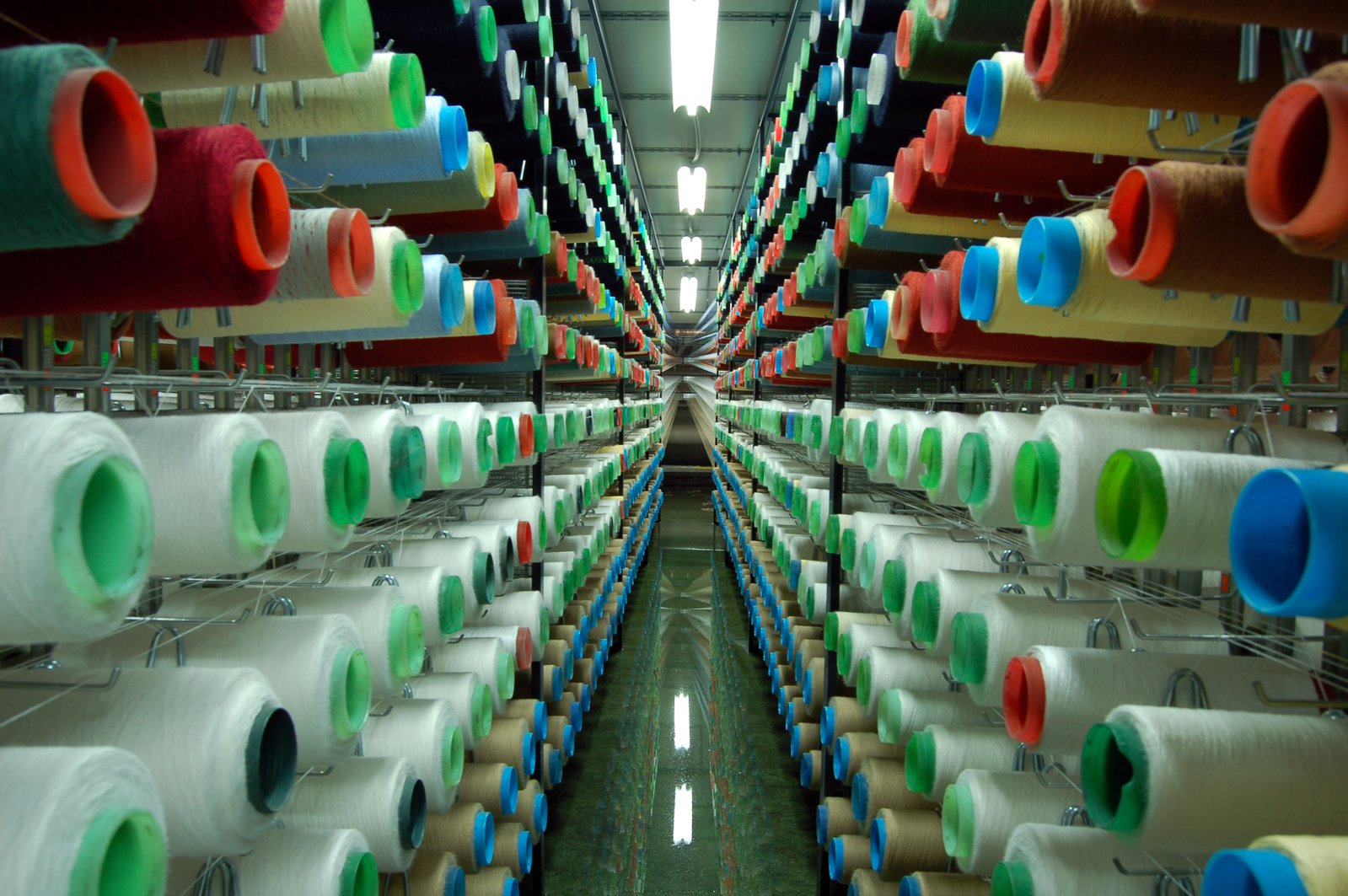

THE unit once owned by Google (now Lenovo) -- namely Motorola's mobile business -- is in the news again. IAM says that the judge who oversaw Microsoft's patent war on Linux (Android/Motorola) is upset that Britain now enables patent trolls to operate in London (we wrote a lot about this decision at the time). Huawei, a Chinese giant and leading Android OEM, was attacked by Ericsson's patent troll. As IAM puts it:
US district court judge James Robart has taken aim at the decision handed down by Justice Colin Birss in the high profile London High Court SEP/FRAND case of Unwired Planet v Huawei, decided earlier this year. Speaking at the annual IPO meeting in San Francisco yesterday, Robart – who handed down the famous Microsoft v Motorola decision in 2013 and sits in the Western District of Washington - said that Birss was wrong to offer specific royalty rates for the technology in question, rather than offering a range, and stated that he did not expect the judgment to be particularly influential in US courthouses.
[...]
Robart’s claim that the Unwired decision wouldn’t have much influence over US courts has previously been made by former Chief Judge for the Federal Circuit Paul Michel who told this blog after the London ruling was handed down that the US legal system was traditionally inward looking and so rarely paid much heed to overseas cases. Of course, judges around the world often disagree on key areas of patent law - the Supreme Court’s rulings in several patent eligibility cases has meant that the US is out-of-step with many jurisdictions in sectors like medical diagnostics - but Robart’s comments highlight the degree to which the law in FRAND licensing remains unsettled.
Sanan Optoelectronics failed to take over Osram after having its bold $8.2 billion bid rebuffed late last year. But the Chinese LED maker has turned to the patent market to shore up its IP position, most recently buying a pair of portfolios from Sony. As increased scrutiny from regulators in both Europe and the United States threatens to scuttle Chinese firms’ more audacious M&A endeavours, there is still significant scope for them to acquire IP in smaller-scale deals.
[...]
A USPTO database search turned up just one previous example of Sony transferring patents to a Chinese entity. In 2015, it assigned six imaging-related assets to Hikvision, a video surveillance company whose controlling shareholder is a state-owned enterprise. So it appears to be a relatively rare occurance. Throughout this year and going back to 2015, Sony has steadily transferred LED-related assets to JOLED, an entity which was formed to combine the OLED functions of Sony, Panasonic and Japan Display in 2014. The Sanan sale perhaps shows that Sony has identified assets in the technology area which are not needed by its spun-out business but can find willing buyers on the open market.
About a month and a half ago, Judge Lucy Koh of the United States District Court for the Northern District of California held that Samsung had not waived its "article of manufacture" argument in the first Apple v. Samsung case. That was another step forward for Samsung in its quest to get the damages award reduced. But prior to ordering a new trial on design patent damages, Judge Koh ordered briefing on various questions to be resolved first.
Last week, the parties filed their answers to the court's questions (Apple, Samsung). Samsung argues that Apple has the burden of proof and that the only way the damages question could be resolved without a new trial would be for the court to find an evidentiary failure on Apple's part. Apple refers the court to the Solicitor General's Supreme Court brief. According to Apple, after a prima facie showing regarding the article of manufacture that infringes a design patent, the burden of proof is on the defendant to show that a component of that product is the appropriate basis for a disgorgement of infringer's profits. While I tend to consider Samsung's proposition better policy, I have no idea to what extent Judge Koh may be influenced by the DoJ's Supreme Court brief.
The U.S. Supreme Court furthered a legal dispute last year as it sent a patent law case involving the two biggest smartphone makers, Apple and Samsung, back to lower courts. Intellectual property experts are now looking to those courts to better define an “article of manufacture” and determine how to place value on individual features in a complex device.